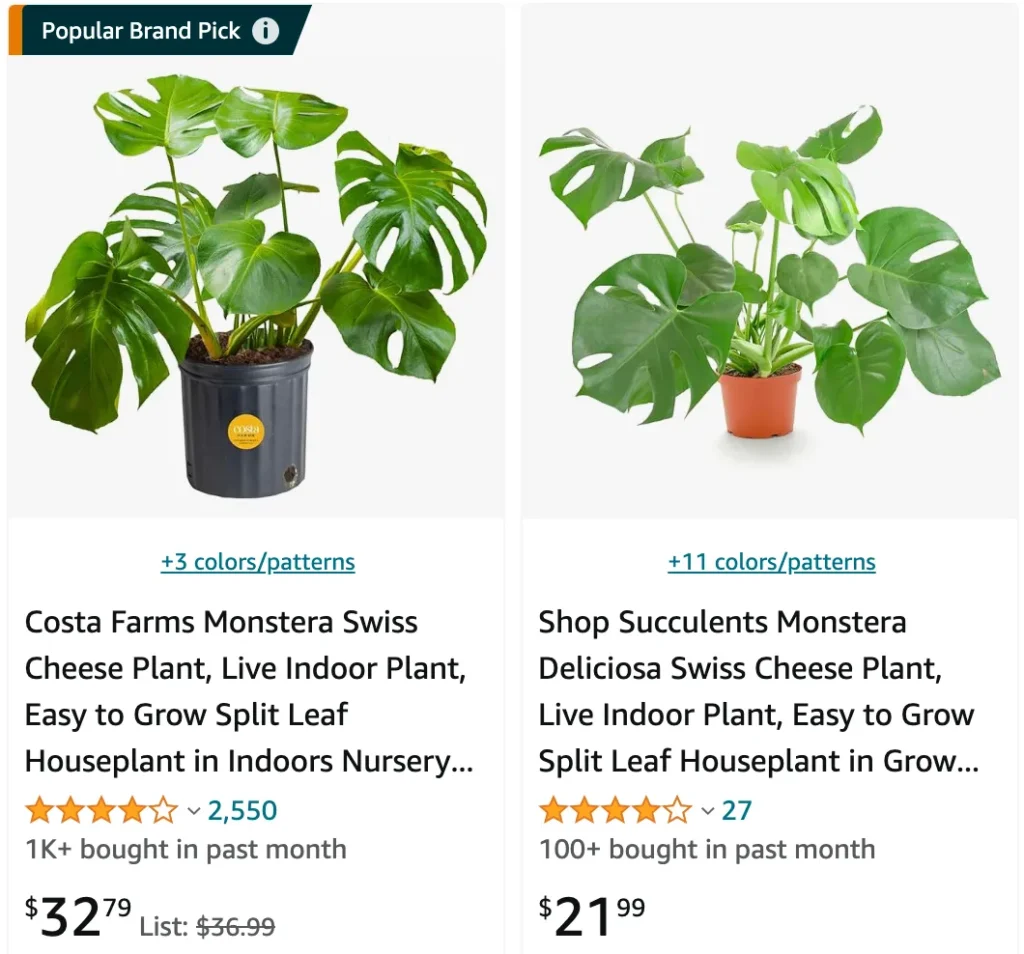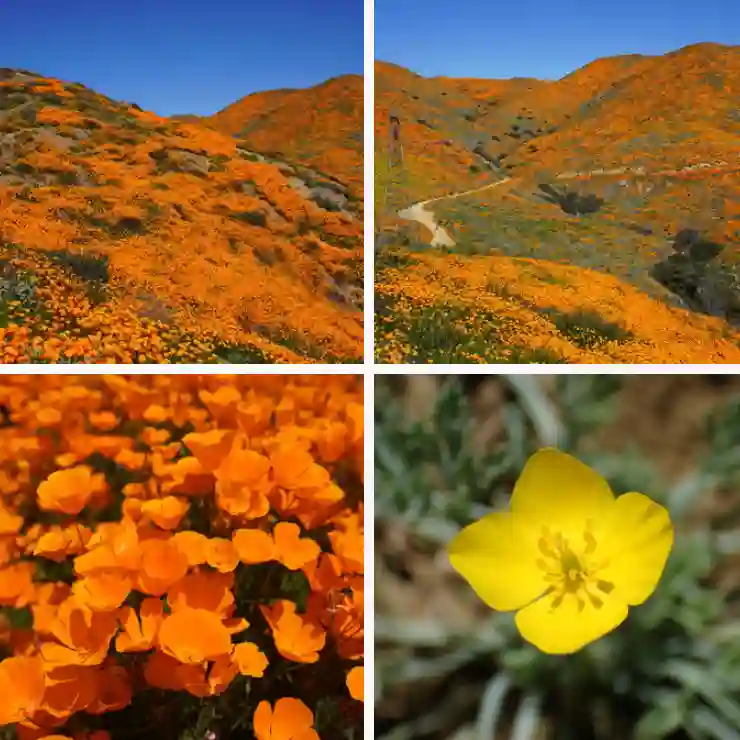
My Fascination with Monstera
Hi, I’m Ferb Vu, and I’ve always been drawn to the unique beauty of Monstera plants. These tropical wonders, with their iconic split leaves and vibrant green hues, have captivated plant enthusiasts like myself for generations. Their ability to thrive both indoors and outdoors, coupled with their relatively low-maintenance nature, makes them a popular choice for both seasoned gardeners and budding plant parents. But what truly fascinates me about Monstera is the sheer diversity within the genus. Each species boasts its own distinct characteristics, adding another layer to their allure.
A Deep Dive into the Monstera Genus
The Monstera genus belongs to the Araceae family, which is known for its diverse array of flowering plants. Native to the tropical regions of the Americas, Monstera plants are typically climbers, using their aerial roots to cling to trees and other supports in their natural habitat. This epiphytic nature allows them to reach for sunlight in the dense rainforests they call home.
What sets Monstera apart are their fenestrations, the naturally occurring holes or splits in their leaves. While the exact reason for these fenestrations remains a topic of debate among botanists, some theories suggest they help the plants withstand strong winds or allow sunlight to reach lower leaves. Whatever the reason, these unique leaf patterns contribute significantly to the Monstera’s aesthetic appeal.
Exploring Monstera Species
The Monstera genus encompasses a wide variety of species, each with its own unique charm. Here are:
- Monstera acacoyaguensis Matuda Plant FAQs: Monstera Acacoyaguensis
- Monstera acuminata K.Koch Plant FAQs: Monstera Acuminata
- Monstera adansonii Schott Plant FAQs: Monstera Adansonii
- Monstera alcirana Croat, M.Cedeño, Zuluaga & O.Ortiz
- Monstera alfaroi Croat & M.Cedeño
- Monstera amargalensis Croat & M.M.Mora
- Monstera anomala Zuluaga & Croat
- Monstera aureopinnata Croat
- Monstera barrieri Croat, Moonen & Poncy
- Monstera bocatorensis Croat & M.Cedeño
- Monstera boliviana Rusby
- Monstera buseyi Croat & Grayum
- Monstera caribaea M.Cedeño, O.Ortiz & A.Hay
- Monstera cenepensis Croat
- Monstera costaricensis (Engl. & K.Krause) Croat & Grayum
- Monstera croatii M.Cedeño & A.Hay
- Monstera deliciosa Liebm. Plant FAQs: Monstera Deliciosa
- Monstera dissecta (Schott) Croat & Grayum
- Monstera donosoensis Croat, M.Cedeño & O.Ortiz
- Monstera dubia (Kunth) Engl. & K.Krause Plant FAQs: Monstera Dubia
- Monstera egregia Schott
- Monstera epipremnoides Engl. Plant FAQs: Monstera Esqueleto – Monstera epipremnoides
- Monstera filamentosa Croat & Grayum
- Monstera florescanoana Croat, T.Krömer & Acebey
- Monstera gambensis M.Cedeño & M.A.Blanco
- Monstera gentryi Croat, M.Cedeño & O.Ortiz
- Monstera gigas Croat, Zuluaga, M.Cedeño & O.Ortiz
- Monstera glaucescens Croat & Grayum
- Monstera gracilis Engl.
- Monstera guzmanjacobiae Diaz Jim., M.Cedeño, Zuluaga & Aguilar-Rodr.
- Monstera integrifolia Zuluaga & Croat
- Monstera juliusii M.Cedeño & Croat
- Monstera kessleri Croat
- Monstera kikiae Zuluaga & M.Cedeño
- Monstera lamersiana M.Cedeño & A.Hay
- Monstera lechleriana Schott Plant FAQs: Monstera Lechleriana
- Monstera lentii Croat & Grayum
- Monstera limitaris M.Cedeño
- Monstera luteynii Madison
- Monstera maderaverde Grayum & Karney
- Monstera membranacea Madison
- Monstera minima Madison
- Monstera mittermeieri M.Cedeño
- Monstera molinae Croat & Grayum
- Monstera momoi Zuluaga & M.Cedeño
- Monstera monteverdensis M.Cedeño & Croat
- Monstera obliqua Miq. Plant FAQs: Monstera Obliqua
- Monstera oreophila Madison
- Monstera panamensis M.Cedeño & O.Ortiz
- Monstera pinnatipartita Schott Plant FAQs: Monstera Pinnatipartita
- Monstera pittieri Engl.
- Monstera planadensis Croat
- Monstera praetermissa E.G.Gonç. & Temponi
- Monstera punctulata (Schott) Schott ex Engl. Plant FAQs: Monstera Punctulata
- Monstera siltepecana Matuda Plant FAQs: Monstera Siltepecana – Silver Monstera
- Monstera spruceana (Schott) Engl. Plant FAQs: Monstera Spruceana
- Monstera standleyana G.S.Bunting Plant FAQs: Monstera Standleyana
- Monstera subpinnata (Schott) Engl. Plant FAQs: Monstera Subpinnata
- Monstera tablasensis M.Cedeño
- Monstera tacanaensis Matuda
- Monstera tarrazuensis Croat & M.Cedeño
- Monstera tenuis K.Koch
- Monstera titanum Croat, M.Cedeño & O.Ortiz
- Monstera tuberculata Lundell
- Monstera vasquezii Croat
- Monstera wilsoniensis M.Cedeño & Grayum
- Monstera xanthospatha Madison
The Joy of Monstera Care
One of the reasons I’m so fond of Monstera is their relatively easy care requirements. While they enjoy bright, indirect light, they can tolerate lower light conditions, making them adaptable to various indoor environments. They prefer well-draining soil and should be allowed to dry out slightly between waterings. Providing a moss pole or other support allows them to climb and exhibit their natural growth habit.
Beyond the basics, Monstera plants respond well to occasional fertilization and humidity. Misting their leaves or placing them near a humidifier can help recreate the tropical conditions they thrive in. With proper care, these resilient plants can flourish and become stunning additions to any home or garden.
Monstera Leaves: Different Forms Plate
Plant FAQs: Are Pink Monsteras real?
Monstera plant with holes in leaves, but why my monstera is not?
How to clean your monstera leaves?
Are monstera toxic to cats and dogs?
Why is my variegated monstera turning green?
Why Your Monstera Plant’s Leaves Have Holes?
6 Signs Your Monstera Plants Have Root Rot
Natural Light and Artificial Lighting for Monstera Plants
Why Your Monstera Have Yellow Leaves? How To Prune It?
More Than Just a Plant
For me, Monstera plants represent more than just attractive foliage. They symbolize resilience, adaptability, and the beauty of natural variation. Each leaf, with its unique pattern of fenestrations, tells a story of growth and survival. Caring for these plants provides a sense of connection to the natural world and a reminder of the intricate beauty that surrounds us.
Whether you’re a seasoned plant collector or just starting your journey into the world of indoor gardening, I encourage you to explore the fascinating genus of Monstera. You might just find yourself as captivated by these extraordinary plants as I am.
If i die, water my plants!



